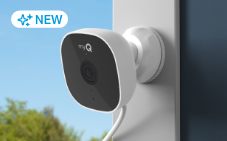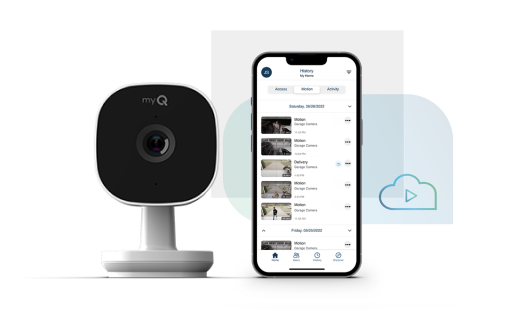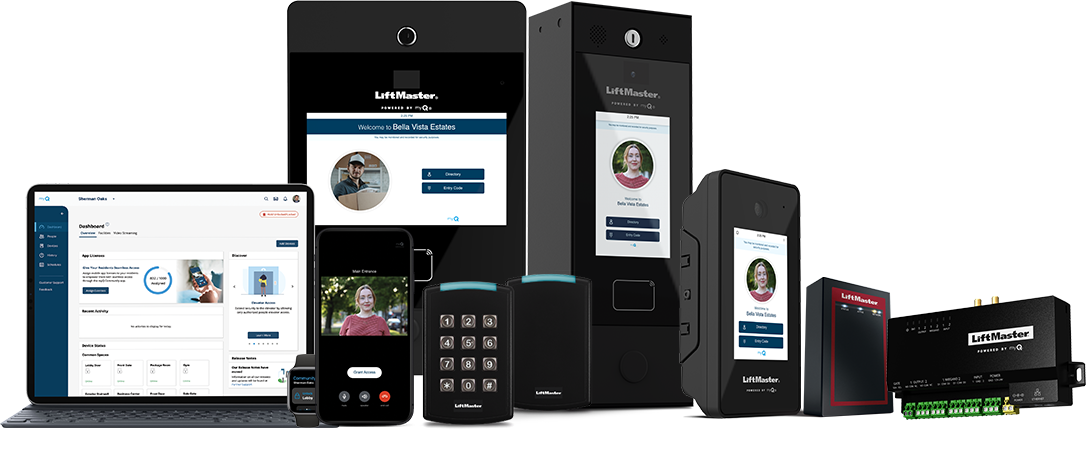Does Bluetooth Interfere with Wifi?
Can Bluetooth Interfere with Wi-Fi? Understanding Wireless Overlap
If you’ve ever been in the middle of an important video call when your audio starts cutting out, you know the frustration that a lagging wireless connection brings. You check that your Wi-Fi signal looks strong, but something isn’t quite right. Then you check your wireless headset connection and wonder, “Can Bluetooth interfere with Wi-Fi?”
These technologies have coexisted in our devices for nearly three decades, but they’re still sometimes as confusing as brand-new tech, leading to plenty of questions about how Bluetooth vs Wi-Fi interact—or don’t.
Today, we’re sharing all the details of what Bluetooth is, how Bluetooth and Wi-Fi work together vs independently, and what this means for your devices.
How Wireless Signals Share Space
Does Bluetooth work without Wi-Fi, and if so, does it interfere with Wi-Fi? To answer these questions, we must examine how wireless signals interact within the same space.
Bluetooth and Wi-Fi typically communicate using the same 2.4 GHz radio frequency band, although the data transferred has different destinations. Think of the frequency band as a highway. Bluetooth can only travel from one device to another, traveling a short distance there and back. Meanwhile, Wi-Fi data travels through the router (think of it as a highway “toll”) to reach the World Wide Web beyond.
This specific frequency was chosen as the standard for wireless communication among devices because it balances range and data speed, allowing frequencies to transfer through obstructions for a larger coverage area. A 5GHz connection is available for Wi-Fi as well, but while it offers faster speeds, the signal range decreases significantly in exchange.
Because these devices share a common space, you can expect interference when the frequency becomes congested. This can happen often in busy areas with many devices connected to Bluetooth and Wi-Fi.
Here are some scenarios in which you might experience Bluetooth and Wi-Fi interference:
- Smart home ecosystems – When a garage door opener, home security system, refrigerator, and smart thermostat all attempt to communicate simultaneously on the same network, the signal can get congested.
- Entertainment systems – We all know at least one person with the full living room set up (maybe you’re that person). Gaming consoles, wireless speakers, and smart TVs often use a combination of Wi-Fi and Bluetooth, which enhances user experience but can also result in congestion.
- Home office setups – There is a seemingly endless array of gadgets available for wireless connectivity in the home office, but the ergonomic keyboard, wireless mouse, headset, and portable Bluetooth neck massager might experience lag when operating all at once.
So, does Bluetooth affect Wi-Fi data? It can, but while these examples might make congestion seem common, the good news is that there are ways you can strategically work with your devices to reduce interference and keep them running smoothly.
How to Minimize Bluetooth and Wi-Fi Interference
Bluetooth and Wi-Fi are designed to co-exist. Using the following strategies can reduce interference between devices and keep everything connected optimally:
- Manage the distance between devices, keeping Wi-Fi routers away from metal objects, walls, and frequently used Bluetooth devices to reduce signal overlap.
- Switch Wi-Fi channels to see if that helps reduce interference. There are tools available that can find the least congested channels in your area.
- Check if your router needs a firmware update to improve its performance. The manufacturer’s website can tell you if an update is available.
- Use a dual-band router, which operates on the 2.4GHz and 5GHz frequencies, especially if you’re in a heavily congested area.
Bluetooth also has its own way of mitigating Bluetooth and Wi-Fi interference.
This method is called Adaptive Frequency Hopping (AFH) and uses a Frequency Hopping Spread Spectrum to switch frequencies sequentially and avoid catching other devices operating on the same frequency band. This helps ensure a stable wireless connection, increase the performance of the main device’s connection, and help Bluetooth devices coexist on a wireless network.
How myQ Balances Wi-Fi and Bluetooth for Optimal Performance
Creating a smart home that actually feels smart requires using wireless technology in a way that seamlessly integrates with your life.
At myQ, we’ve engineered our devices with Bluetooth and Wi-Fi capabilities in a way that leverages the unique advantages of each technology:
- Secure setup with Bluetooth – When configuring your myQ smart garage door opener, Bluetooth technology ensures setup can only occur when you're physically present, adding an essential layer of security.
- Reliable local control – Bluetooth connectivity provides consistent access to your devices even during internet outages, ensuring you never lose control of your home's entry points and cameras.
- Remote access through Wi-Fi – Wi-Fi connectivity extends your control beyond your immediate vicinity, letting you monitor and manage your home from anywhere.
With the myQ app, you can also receive instant notifications about garage door activity, grant access to your home, and view live camera feeds from anywhere in the world.
The Future of Bluetooth and Wi-Fi Coexistence
As smart home technology continues to evolve, the relationship between Bluetooth and Wi-Fi is becoming increasingly sophisticated. New developments are already shaping how these technologies will work together in the future of home automation.
Bluetooth frequency hopping is a technology that improves with each new device iteration. Wi-Fi 7, which uses a multi-user resource unit (MRU) to find clear frequencies to allow data to flow, is also coming shortly. This will set new standards for smart homes loaded with devices that make life safer and more convenient.
Improving Your Wireless Smart Home Ecosystem with myQ
Managing wireless technologies in your smart home doesn't have to be complicated. While Bluetooth and Wi-Fi interference can occur, understanding how these technologies interact and implementing simple solutions can significantly improve your smart home's performance.
If you’re ready to build a smart home ecosystem that allows you to stay connected and secure from anywhere in the world, explore myQ’s range of garage door openers, garage cameras, and smart locks that make managing your home’s access effortless and dependable.
Sources:
Esper. Wi-Fi, Bluetooth, and Cellular Data Explained: Differences, Use Cases, and History. https://www.esper.io/blog/wi-fi-bluetooth-and-cellular-data-explained
CenturyLink. The difference between 2.4 GHz and 5 GHz WiFi. https://www.centurylink.com/home/help/internet/wireless/which-frequency-should-you-use.html
ACT. How to stop wifi interference? https://www.actcorp.in/blog/how-to-stop-wifi-interference
Flat Irons Development. Bluetooth Frequency: A Guide in 2025. https://flatirons.com/blog/bluetooth-frequency/
InCompliance. The Future of Wi-Fi. https://incompliancemag.com/the-future-of-wi-fi/
 Smart Cameras
Smart Cameras



 Fire Station
Fire Station
